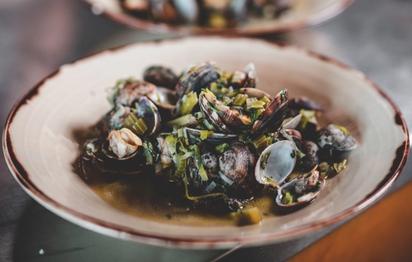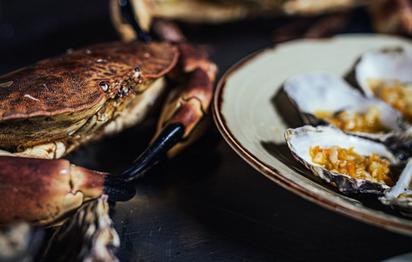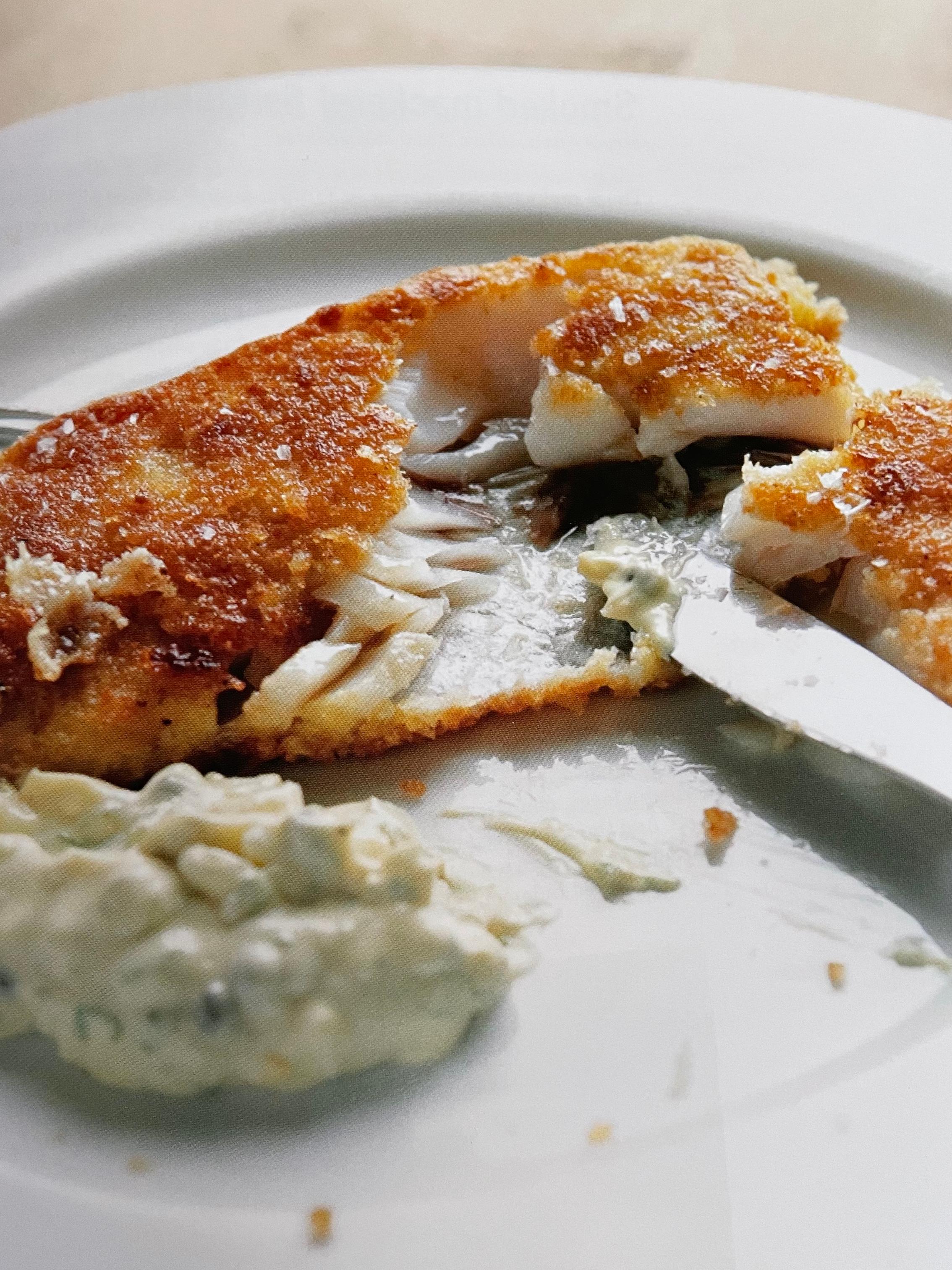
Fish for your supper
For years, I’ve been keen to show how you can make incredible dishes from the less obvious species in a bid to help support diversity and avoid overfishing popular fish.
Eating a variety of fish caught using sustainable methods such as rod and line or traditional creel traps is healthy and delicious way to help support our seas.
The fish you catch yourself always tastes better. While fisherman’s favourites are pollock and bass, we like keeping an open mind about what will end up in our pot.
My fish-to eat-more- of list
1. Mackerel (particularly line caught)
2. Pollack and coley/ saithe (particularly line caught)
3. Black bream (especially from the Southwest and Wales)
4. Cornish sardines
5. Gurnard (except when beam trawled)
6. Megrim and witch (two flatfish, members of the sole family)
7. Red and grey mullet
8. Pouting
9. Organically farmed salmon and trout
10. Garfish
The good news is that you should be able to find most of the ‘eat- more-of’ and sustainable species without too much trouble. The only caveat is that the assessment of what is and isn’t sustainable is under constant review. To keep up with the latest scientific and environmental thinking on fish stocks is to log on to Fish Online, a website run by the Marine Conservation Society (MCS). It’s very easy to use, as you just type in the name of the fish species in question for a brief assessment of its ecological status, plus a 1–5 rating, where 1 is the most sustainable and 5 gives the gravest cause for concern.
Fishing methods
Besides favouring sustainable species over blacklisted fish, it’s also helpful to know the method by which a fish has been caught.
The most destructive fishing techniques are generally the least selective, and the ones that do permanent damage to the sea floor.
Worst of the lot are beam trawling and dredging: both drag heavy gear along the bottom of the sea, which disturbs and destroys the soft corals and invertebrates that are the foundation of life on the seabed. ‘Static bottom nets’ are better because they are lowered and raised to and from the bottom without having much physical impact on the sea floor itself.
Line fishing is generally regarded as the most sustainable means of commercial fishing for two key reasons: firstly, the fish are usually alive when they reach the boat, meaning that untargeted species and undersized fish can be returned unharmed to the sea.
Secondly, the hooks, lines and weights are generally fished clear of the bottom. Although there is some snagging, it is the hooks and lines that are inclined to break, rather than the marine features to which they have become attached.
River Cottage Fish Courses

Tackling fresh fish takes confidence, knowledge and technique. It can seem a daunting task, but in this course Gelf will guide you through the skills you need. Once you’ve learned the techniques and practised it yourself you will finish the course feeling confident in your ability to cook fish and shellfish at home.
You will be introduced to varieties of fish seasonally available, updated on current sustainability guidelines and given advice on how to shop for the freshest fish. You will learn the basics of fish preparation including gutting, scaling and filleting three types of fish – flat, round and oily – with a particular focus on knife skills. And you will learn a variety of techniques including pan-frying, baking and stewing plus creating stocks and broths and a number of delicious recipes.

River Cottage's Executive Chef Gelf Alderson teaches you how to handle fish and shellfish in his Next Level Fish & Shellfish online course with Learning with Experts.
Learn how to master challenging seafood dishes, shellfish preparation and learn to source the most sustainable and fresh fish. Including recipes for ceviche, oysters cooked three different ways and a crab bisque.

Fresh and zesty, Jeannine’s fresh fillets get a crisp crumb coating with the addition of porridge oats for extra crunch. This dish is perfect with pouting, a member of the cod family with a pinky gold coat. They’re not a popular fish in the UK, but if eaten very fresh the flesh is tender and deliciously sweet. It’s definitely a fish we should be consuming more of here in the UK, due to its relative abundance around our coast.
With fish this fresh, all you really need is a kiss of lemon but Gelf’s eggy tartar is a treat.
View recipe